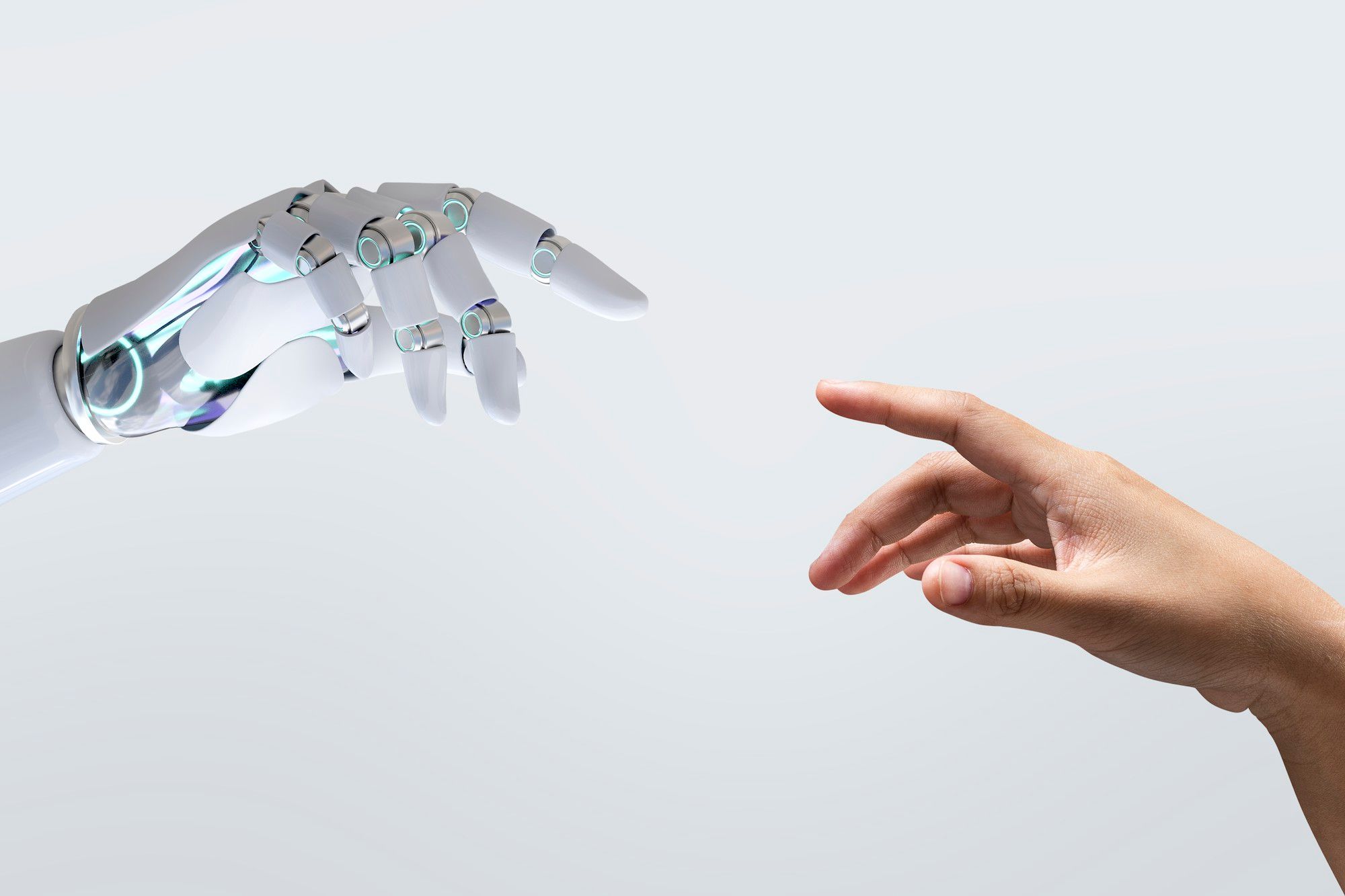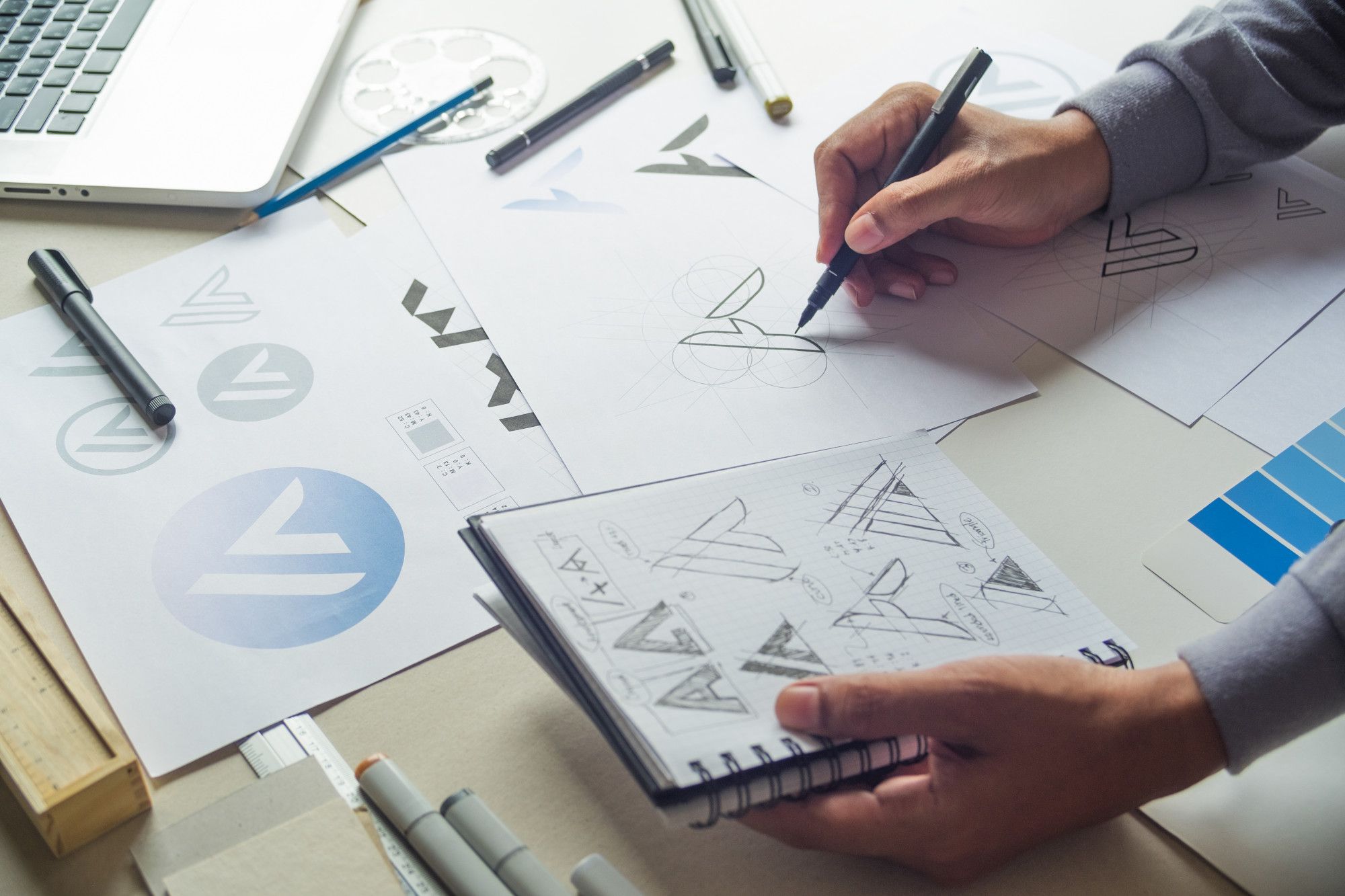User experience (UX) design plays a crucial role in shaping our interactions with digital products and services. It focuses on creating meaningful and seamless experiences that delight users. In recent years, the integration of artificial intelligence (AI) has revolutionized the field of UX design, empowering designers to craft even more intuitive and personalized experiences.
By leveraging AI technologies, UX designers can unlock new dimensions of user understanding, predictive analytics, and automation, leading to enhanced satisfaction and engagement.
Understanding User Behavior with AI
One of the primary challenges faced by UX designers is gaining a deep understanding of user behavior. AI-powered analytics tools enable designers to analyze vast amounts of user data efficiently. By employing machine learning algorithms, AI can identify patterns, trends, and user preferences from data points, such as click-through rates, navigation paths, and user feedback. These insights help designers make data-driven decisions and tailor their designs to meet user expectations effectively.
Personalization at Scale
AI enables personalized experiences at an unprecedented scale. By utilizing AI algorithms, UX designers can create dynamic interfaces that adapt to individual user preferences and behaviors. Through advanced recommendation systems, AI can suggest relevant content, products, or features based on users’ previous interactions, ultimately improving engagement and conversion rates. Personalization powered by AI not only enhances the user experience but also establishes a deeper connection between users and digital products or services.
Natural Language Processing and Conversational Interfaces
Conversational interfaces have gained significant popularity, thanks to AI-driven natural language processing (NLP) capabilities. NLP allows machines to understand and respond to human language in a natural and contextually relevant manner. Chatbots and virtual assistants, powered by AI, can provide instant support, answer queries, and guide users through complex processes. This seamless integration of AI and UX design reduces friction, enhances user satisfaction, and saves time for both users and businesses.
Automating Repetitive Tasks
Automation is a key aspect of AI that holds immense potential for UX design. By automating repetitive and mundane tasks, UX designers can focus on more strategic and creative aspects of their work. For example, AI can automate the generation of design variations, allowing designers to explore a wide range of possibilities quickly. AI-powered prototyping tools can transform wireframes into interactive prototypes, accelerating the design iteration process. Automation not only enhances efficiency but also frees up time for designers to concentrate on refining the user experience.
Ethical Considerations
As UX designers embrace AI, it is crucial to address ethical considerations. AI systems should prioritize user privacy, security, and consent. Transparency in data collection and use is essential to establish trust between users and AI-powered systems. Designers must be mindful of potential biases in AI algorithms and work towards ensuring fairness and inclusivity in their designs. Additionally, involving users in the design process through user testing and feedback can help mitigate any unintended consequences and create experiences that align with user needs and values.
The Future of AI in UX Design
The integration of AI and UX design is an evolving frontier with immense potential. As AI technologies continue to advance, designers will have access to more sophisticated tools and frameworks to deliver exceptional user experiences. Innovations such as emotion recognition, sentiment analysis, and context-aware interfaces will further enrich the interaction between humans and machines. Additionally, AI-powered design assistants and collaboration tools will facilitate seamless teamwork, enabling designers to work more efficiently and effectively.



